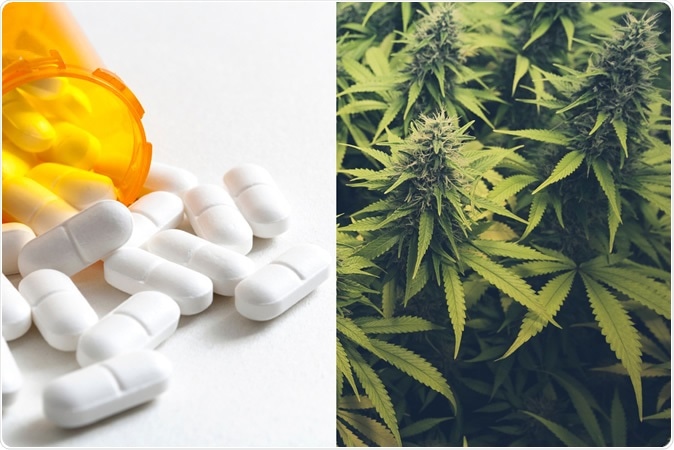 |
| Nasha Mukt Bharat Abhiyan |

Ministry of Social Justice & Empowerment Government of India

Magnitude of Substance Use in India, 2019
The Ministry of Social Justice and Empowerment, Government of India, has published a report titled, "Magnitude of Substance Use in India, 2019." This report is the outcome of research led by the National Drug Dependence Treatment Center (NDDTC), All India Institute of Medical Sciences (AIIMS), New Delhi. This has been a huge exercise covering all the states and union territories of India, and its findings of the prevalence and extent of substance use in India will form the foundation of policy initiatives to tackle substance abuse in the country.
A household survey was conducted among general population of 10-75 years old. Around 2,00,110 households were visited in 186 districts. According to them, eight categories of psychoactive substances were studied.
List of them are as below:
- Alcohol
- Cannabis
- Opioids
- Cocaine
- Inhalants
- Amphetamine Type Stimulants (ATS)
- Sedatives
- Hallucinogens
The key finding of the survey is that there are major variations in different states in the extent and prevalence of use of various substances. Alcohol is the most common substance used followed by cannabis and opioids. The prevalence of alcohol use is 4.6%, with male: female ratio being 17:1, followed by cannabis at 2.8% and opioids at 2.1%. Coming to harmful and dependent use, 19% of alcohol users use it in dependent pattern, whereas 0.25% of cannabis users use it in dependent pattern.

Opioid use is reported in 2.1% of the country's population, with heroin use being highest at 1.14% percent followed by pharmaceutical opioids at 0.96% and opium at 0.52%. Regarding the pattern of use, dependent use is highest among users. The prevalence of opioid use in India is three times the global average. In comparison to 2004, the overall use of opioids has become higher and use of heroin has surpassed opium use.
Heroin supply and use has a strong link with organized crime, and these findings point to larger politico-economic involvement of other players in this spread. While biological factors are mainly responsible for progression to dependent use from abuse, we should keep in mind that the use of illicit drugs is also dependent on sociopolitical factors. Variation in prevalence across states also points to this fact.
While the report talks about evidence-based substance use prevention
programs to protect the young people and highlights the ineffectiveness
of social awareness programs, in this context, there is a huge gap in
knowledge regarding what constitutes evidence-based programs. This
report must lead to gathering of evidence in order to guide the
policymakers in formulating plans for the prevention of substance use in
India.
